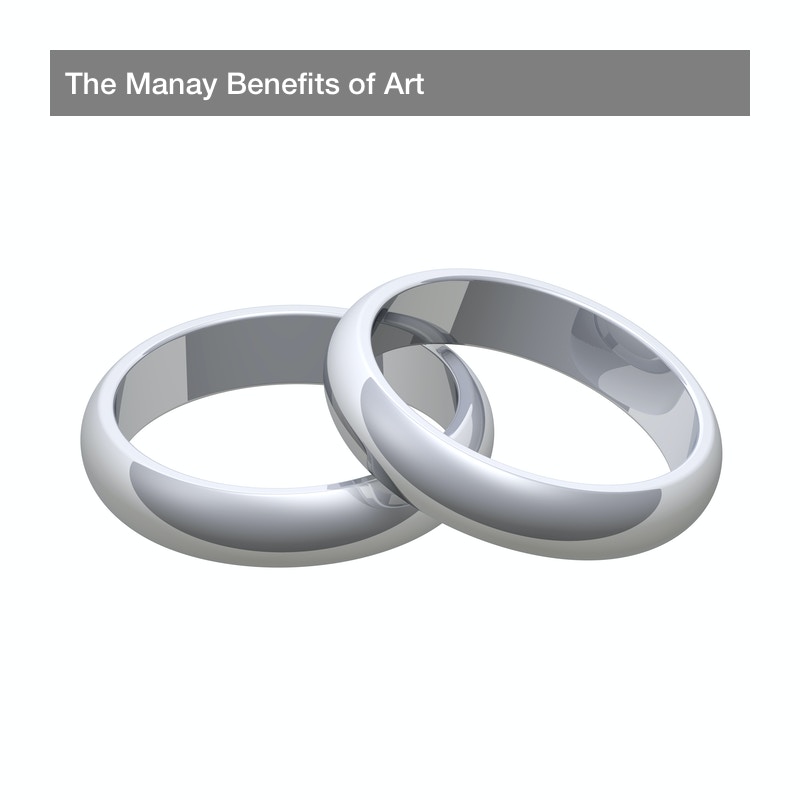

Art is unique to humanity, and art is famed for being abstract and difficult to define. Still, art has captured the imagination of peoples around the world for many millennia, and that continues right up to the present day. Art can be paintings, drawings, music, dance, and more, and many collectors today have private collections of art that suits their taste. Art can be very high-end, too, and pieces may be worth many thousands of dollars. But art is more than a pretty picture; art is closely linked to the human mind and even the body, and there are good reasons why art exhibits are popular. Art galleries draw in many crowds of art enthusiasts and casual guests alike, and a tourists in a city may look up art exhibits to get a sense of what local art might be like. An internet search such as “art gallery near me” can be a good start.
And it is not just art exhibits; many public spaces also feature art, and art consultants who may be hired to help decide what sort of art to place in a doctor’s office, a library, or a hotel lobby or office space. What can a guest expect at an art gallery in Miami, for example, or the best gallery in New York City?
The Business of Art
Art is a big business around the world today, and there are plenty of businesses and wealthy people alike who keep this industry running. As of 2017, for a recent example, the worldwide art market was valued at close to $64 billion USD, and private collections are a major part of that industry. In fact, 53% of all art collections in the world, or just over half of them, feature more than 500 pieces in them. Many of those art pieces are paintings in particular, and around the globe today, paintings appear in 83% of art collections and galleries. Collages, drawings, and other paper works appear in about 15% of collections. American art is especially popular, appearing in 40% of all collections in the world. And in the United States in particular, there are some 113,000 different nonprofit organizations dedicated to supporting artists, employing around 2.2 million artists in the workforce.
Art is a big business, to be sure, but what about its effects on the human psyche?
Art and the Human Condition
Art is closely linked to the human mind, and studies and surveys have found a lot of evidence of this. For example, many guests were asked to rate their stress levels just as they entered art exhibits, and after they spent at least 35 minutes there, report how they felt after viewing art. Many of these guests reported feeling more relaxed and at ease, and in fact their cortisol (stress hormone) levels were lower, too. Studies show that the human mind reacts in a similar way when it views beautiful art as it does when a person looks at a loved one.
This may be why art often appears not only in art exhibits, but also in the public sphere. Taste in art is as varied as there are people, but the effect is pretty common; that is, most people feel better when they see art displayed in a public space, not just art exhibits. This may include a diner or restaurant, with framed photos, paintings, and prints done by local or major artists to add atmosphere to the place and add to its decor and tone. The same may be done in a hotel lobby, since hotels aim to have a warm, homely atmosphere to them. This includes plush carpets and lighting, wallpaper, furniture, and of course, art, too. A doctor’s office or dentist’s waiting office may feature art to help guests feel at ease, and libraries often feature art, too.
An office is also a good place for art, since such displays can actually boost the creativity and productivity of employees who look at it. Studies show that creative and expressive settings featuring potted plants, innovative desk arrangements, and displayed art allow workers to feel more creative and innovative on the job. An office manager can certainly take advantage of that and hire an art consultant to enhance the office’s decor.